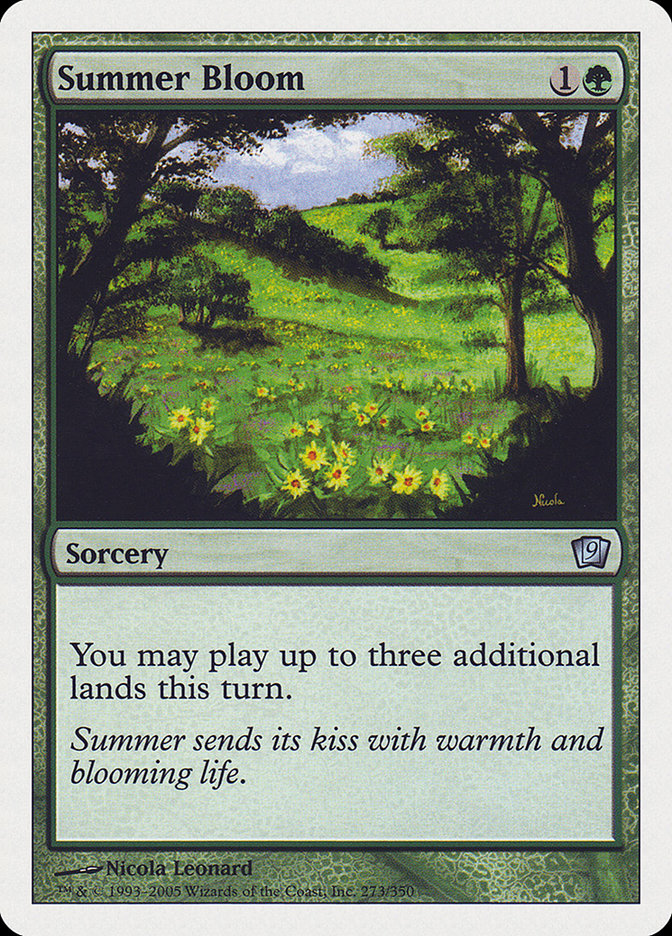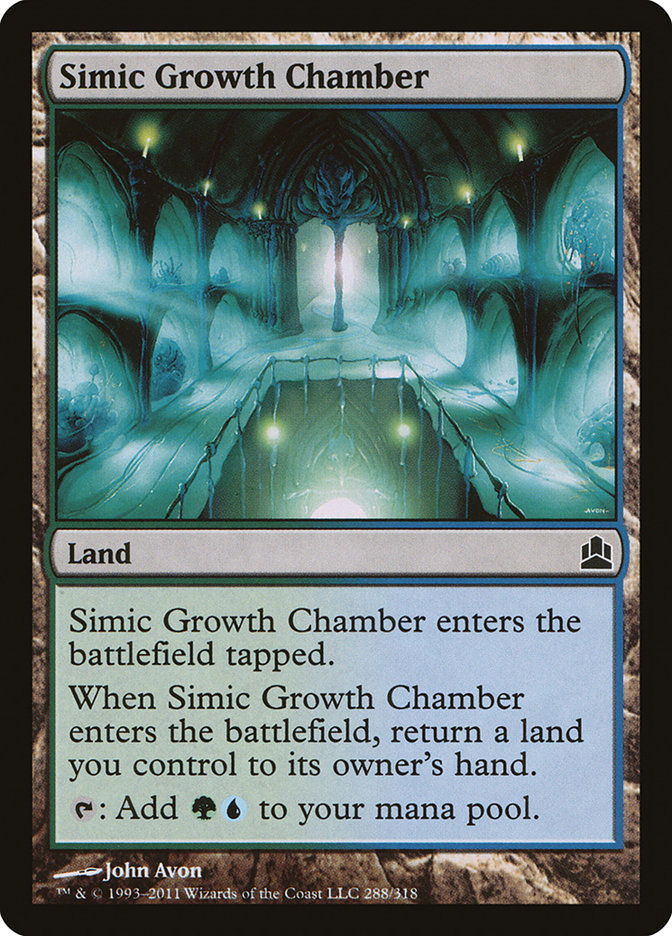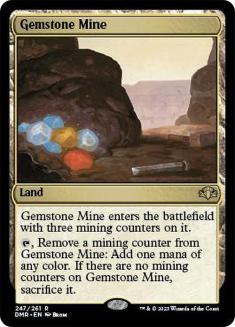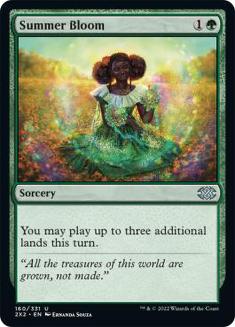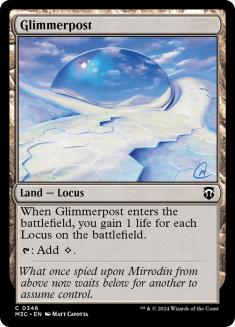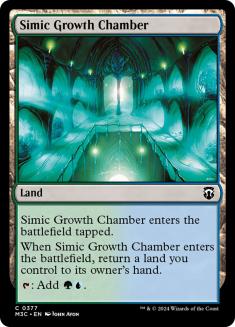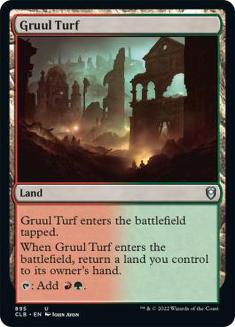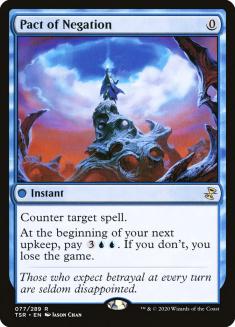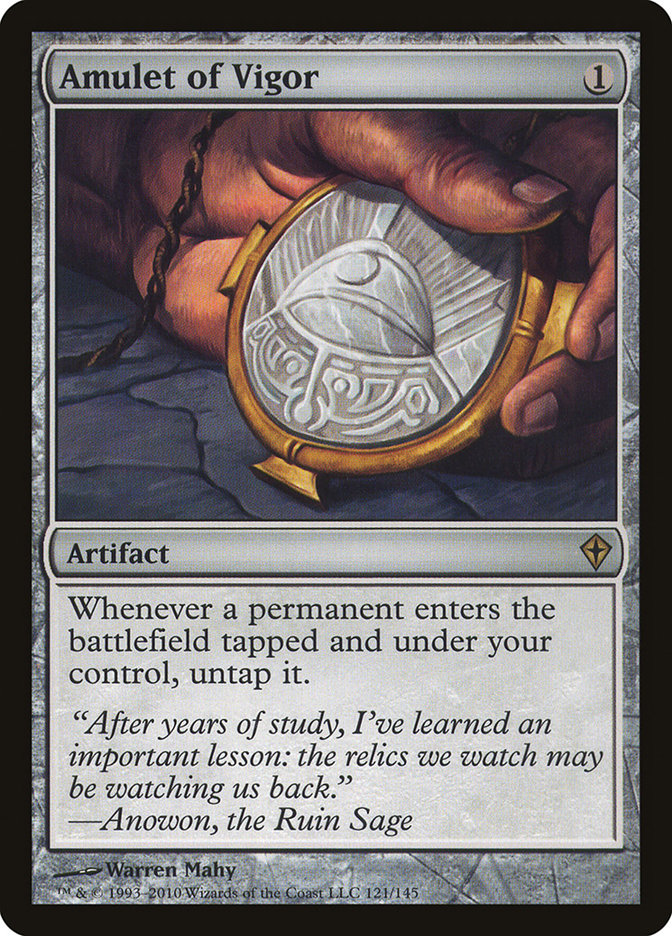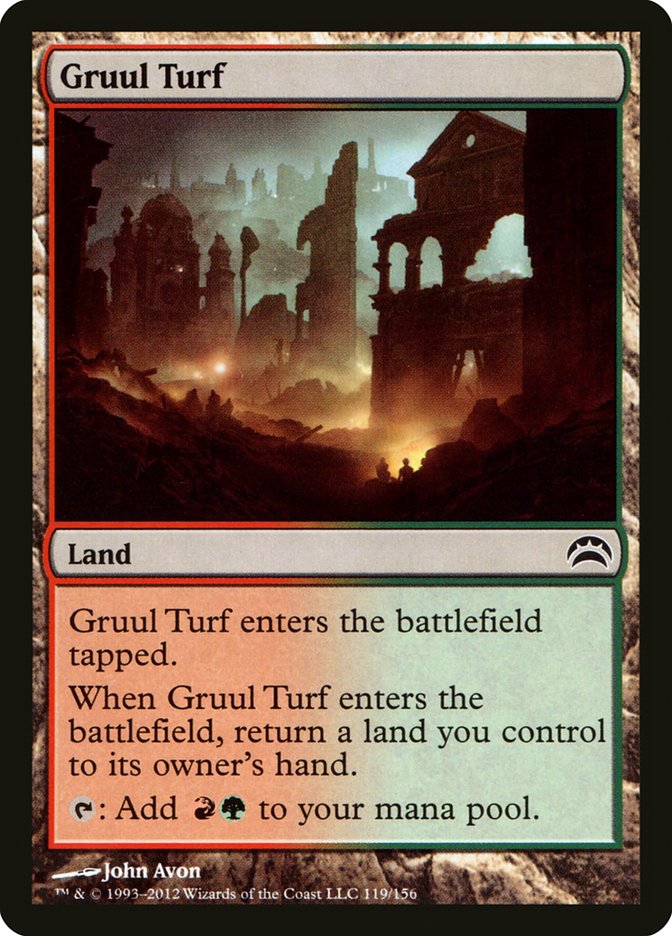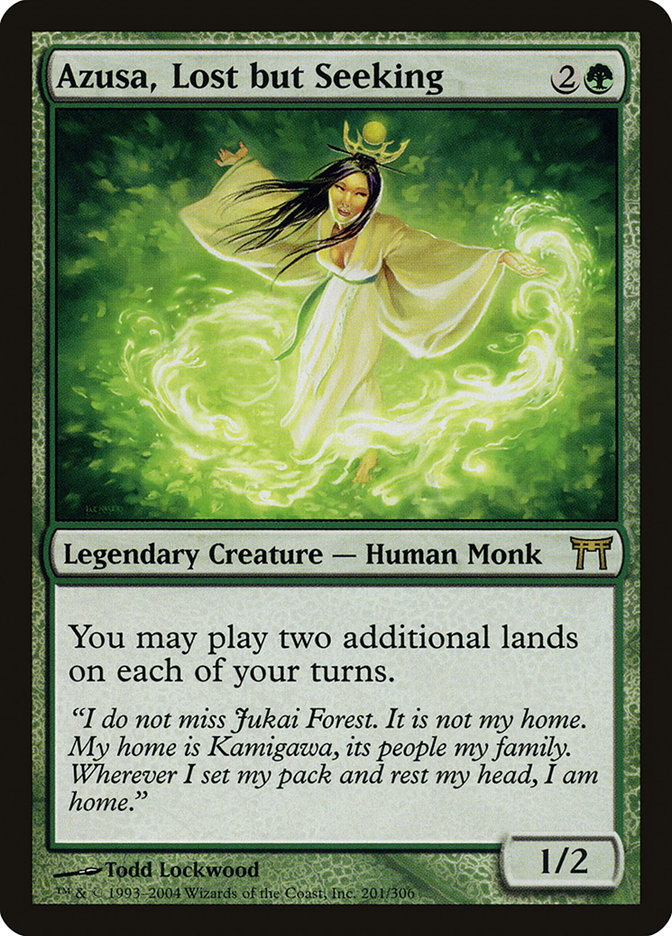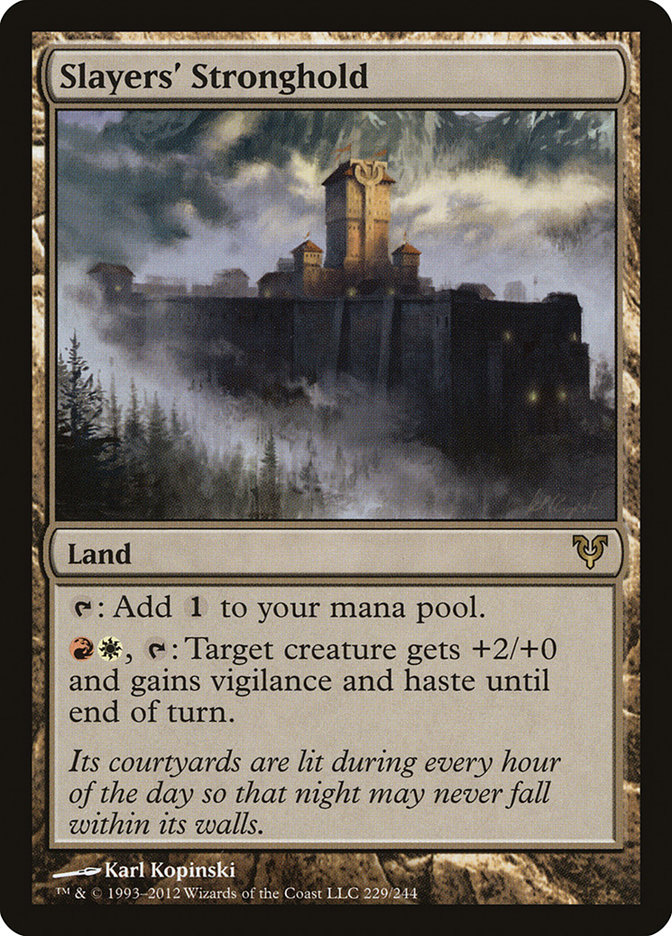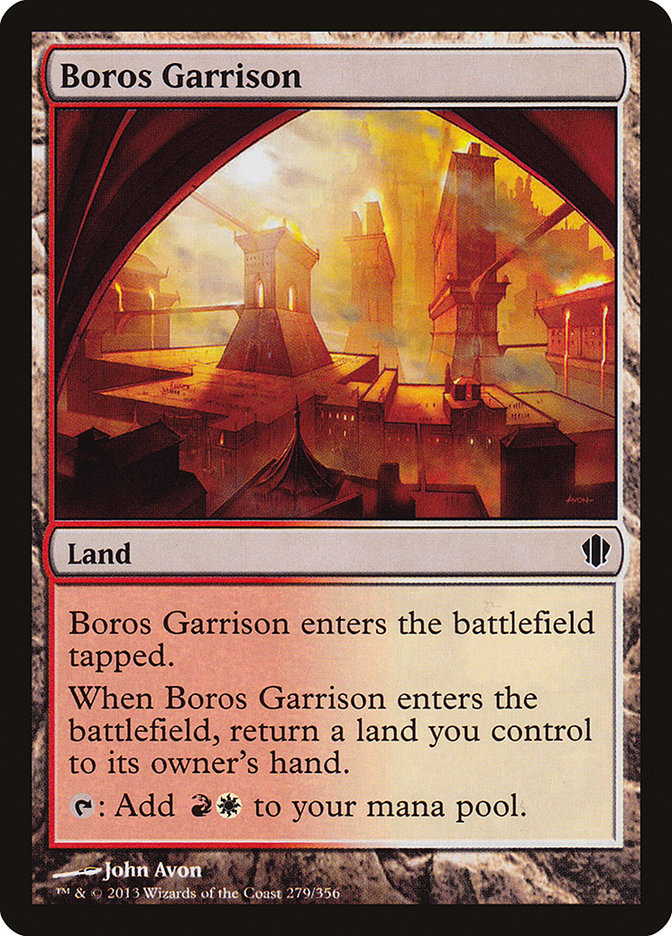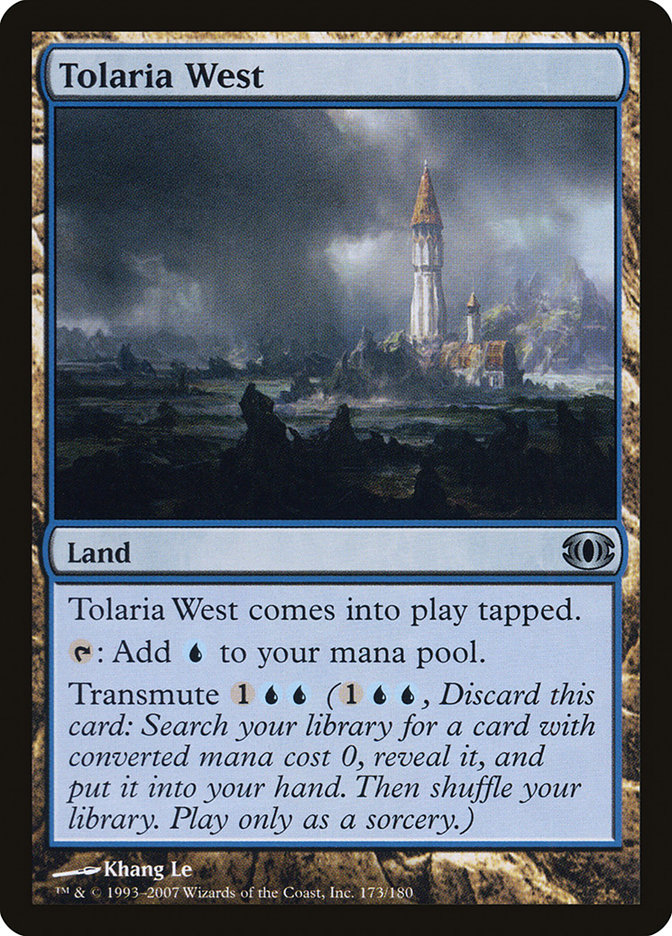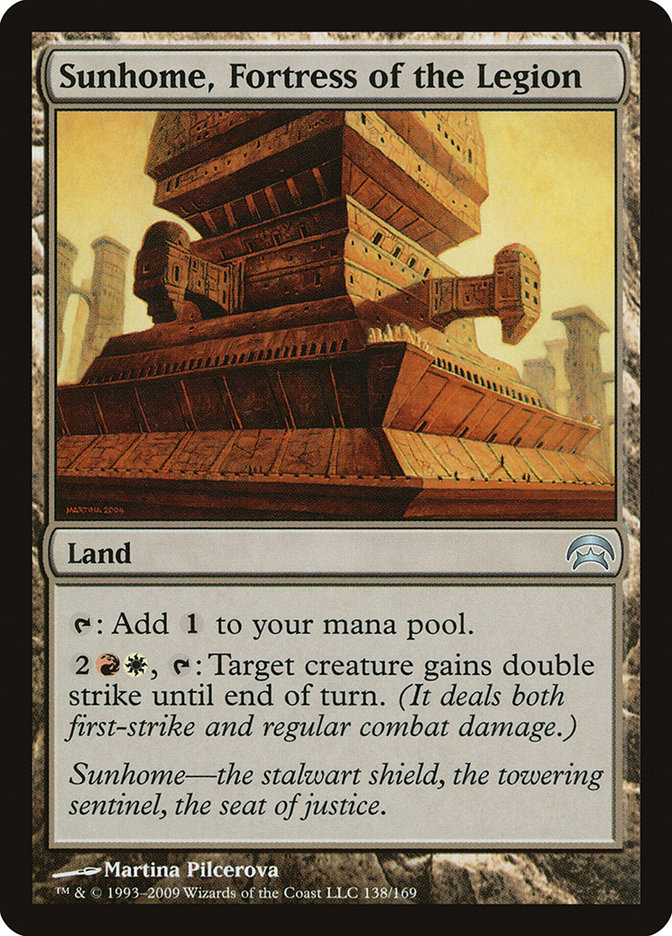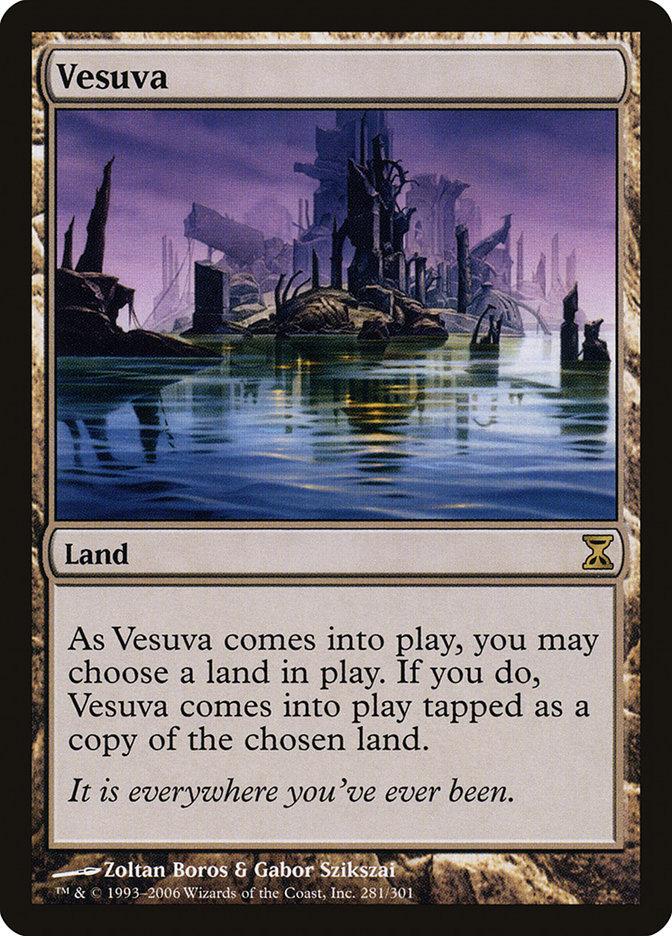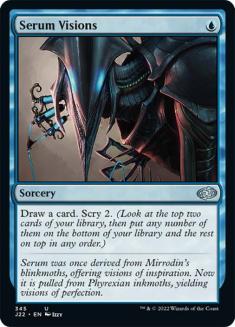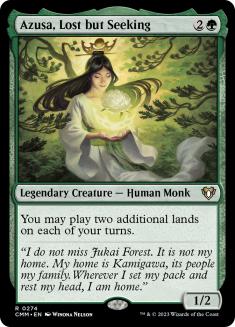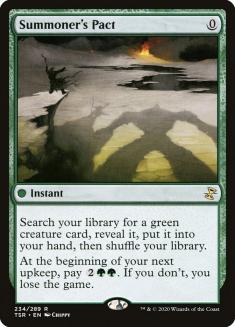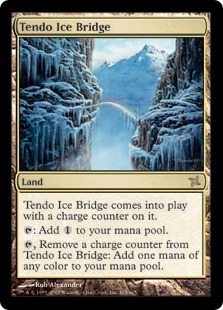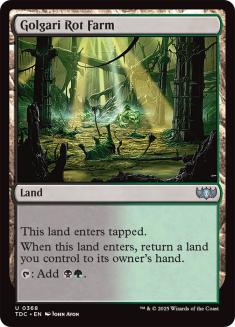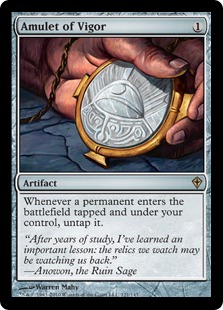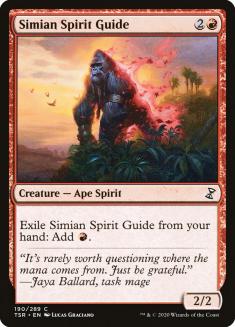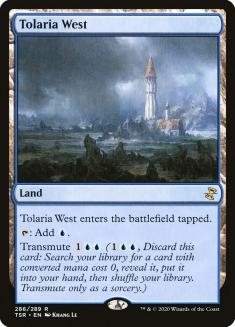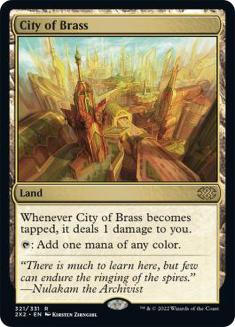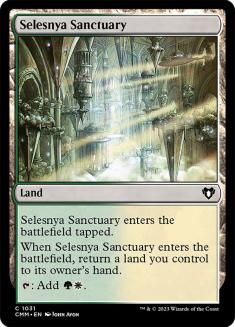Amulet Combo is one of the decks that isn’t supposed to exist in Modern. It’s a high risk, high reward combo deck that when played well has the potential to produce turn 2 and turn 3 kills while at the same time being able to win through multiple counterspells. When the deck is firing on all cylinders, it’s almost impossible to interact with due to the amount of mana it’s capable of producing and the sheer volume of spells it can cast in a turn.
This is the list that I played at Pro Tour Born of the Gods:
Creatures (11)
Lands (28)
Spells (21)

How The Deck Works
On the surface, Amulet Combo can be pretty confusing. With a full 28 lands, the deck is clearly about making tons of mana, but not all the lines are straightforward. So let’s break down what we’re trying to do.
Goal #1: Resolve a six-drop as soon as possible.
Whether it’s Primeval Titan, Summoner’s Pact for Primeval Titan, or just Hive Mind, the goal of Amulet Combo is to count to six. And just like math, it’s easier to count to six when you can count by two.
Basic combo interactions:
Summer Bloom + Bounce Lands
This seems like an odd place to start, but it’s the most fundamental combo because at its core this deck is a Summer Bloom deck. Summer Bloom is a very powerful effect that’s really only held back by the fact that it’s difficult to actually have three additional lands when you cast the spell. Bounce lands solve this problem by acting like two lands while taking up one card in your hand. To showcase the sheer power of Summer Bloom, consider the following hand:
This hand can cast a Primeval Titan on turn 3 with a counterspell to back it up thanks to the triple acceleration that Summer Bloom offers—no Amulet of Vigor necessary.
Amulet of Vigor + Bounce Lands
Amulet of Vigor is not the most important part of the deck, but it’s certainly the flashiest since leads to most of the degenerate draws the deck has. A good way to think about Amulet is that the first Amulet causes all of your bounce lands to come into play untapped but a second Amulet makes each bounce land give you a free two mana in addition to coming into play untapped.
When playing bounce lands with an Amulet of Vigor in play, you want to figure out how much mana you’re going to need for the turn because it affects what land you bounce with the bounce land. Whenever possible, you would prefer to bounce a non-bounce land so that you can actually develop a mana base in addition to getting mana, but there is also the concern of keeping a bounce land in your hand. When you cast a card like Summer Bloom, it’s important to be able to use all the extra land drops you’ve gained, so sometimes this means you’ll want to use the bounce land to bounce itself to make a quick two mana.
In short, when an Amulet of Vigor is in play, you can use each land drop to produce two mana, but you will lose one mana for each drop that isn’t a bounce land. Count the bounce lands in your hand; for every one less than three, you will have to skip a land drop if you want the full six mana.
Azusa, Lost but Seeking
Azusa, Lost but Seeking is pretty much just a bad Summer Bloom, but Summer Bloom is so good that even a bad Summer Bloom is a four-of in the deck. The two cards are mostly interchangeable, but there are a few of things that are different about Azusa.
1) Azusa doesn’t make turn 2 six-drops without the help of Simian Spirit Guide.
She’s a full mana more expensive than the Summer Bloom, and as such she isn’t part of the deck’s best draws. If you draw a hand with both Azusa and Summer Bloom, then she becomes a Simian Spirit Guide, as you can work her into the Summer Bloom land drops to create four more mana at the cost of three.
2) You can Summoner’s Pact for Azusa, but you usually don’t want to.
Unlike Summer Bloom, Azusa is a green creature. This means that you can Pact for Azusa, but you often don’t have the time. It’s pretty important for the deck to be quick, which means that you want most of your hands to combo on turn 4 or earlier. If you Pact for an Azusa, it means you won’t combo on the next turn because of the 2GG you have to pay during upkeep. As such, I really only recommend casting Pact for Azusa if it’s a turn 2 Azusa, which only happens with the help of Amulet of Vigor or Simian Spirit Guide.
3) Azusa can be killed before you get all your land drops.
If Azusa dies, then you lose the two extra land drops that she was giving you. This means that when you’re playing the two extra Azusa land drops, you want the first extra land to be a land that doesn’t have a trigger (no bounce lands, no Glimmerpost) so that your opponent doesn’t have a chance to kill her. Sometimes this is unavoidable, but whenever possible it’s best to get the value off her immediately.
Okay, so now you’ve made a six-drop. What happens next?
Goal #2: Ensure that you will be attacking with a Titan again next turn.
This could mean a few things. If you fear removal, then this means finding a way to protect the Primeval Titan you made. Most of the time you will want to find another Titan that you can cast next turn. This can even mean finding removal or life gain to make sure that there is a next turn.
Or you could just Hive Mind them if you have all the pieces.
Here are the different options of what you can get with Primeval Titan:
Slayers’ Stronghold + Boros Garrison
This is the most aggressive pair of lands you can find and often the best pair when you have an Amulet of Vigor in play. Amulet allows you to activate Slayers’ Stronghold before bouncing it to give your Primeval Titan haste and then give you another pair of lands on the attack. When your opponent is tapped out or if you have no reason to fear a Path to Exile, then these are the lands you want to get.
Because both of the lands are singletons in the deck, there is a chance that you already have one of the two lands in play. If you do, then you can get Vesuva to copy the half that you don’t have and continue from there. If you have both pieces already in play, then you can still pull off this combo, but you need an extra mana. In that situation, you can use Vesuva to copy Boros Garrison and find Gemstone Mine or Gruul Turf to produce a white or red mana respectively to pair with the extra mana source you have.
Tolaria West + Simic Growth Chamber
While Summer Bloom is the card that makes the deck fast, Tolaria West is the card that makes the deck resilient, and that’s because of the interaction that it has with bounce lands. The easiest way to protect your Primeval Titan is to use the lands it gets to find another Titan. Tolaria West can transmute into Summoner’s Pact, which is then used to queue up a Titan for the next turn regardless of what happens to your current Titan.
Summoner’s Pact is the go-to card to find with Tolaria West, but it’s not the only card that you can find. In the maindeck, you can also grab Pact of Negation to fight through a counter war or Slaughter Pact to buy yourself an additional turn against an aggro deck or a creature-based combo deck like Splinter Twin. The other cards that are worth noting for your transmutes are Cavern of Souls and Vesuva in the maindeck and Chalice of the Void out of the sideboard.
Glimmerpost + Glimmerpost
While four life isn’t a huge amount, it can often be enough to make sure that you survive until next turn, when you get to attack with Primeval Titan. If you already have Glimmerposts in play, you can grab Vesuva and Glimmerpost to gain six life and use bounce lands to play the Vesuva again on subsequent turns. This pair is used for the most part in matchups like Zoo or Merfolk.
Sunhome, Fortress of the Legion + Vesuva / Boros Garrison
This is the line that deals the most damage right away and is the best at finishing the game quickly. If you have two extra mana or a second Amulet of Vigor, then on the attack you can get this pair and use Vesuva to copy a Boros Garrison and double strike Primeval Titan.
The Deck’s Matchups
Because Amulet Combo is a fast combo deck, you can think about your opponents’ decks in terms of how much interaction they actually have with you. In Modern, this basically divides your opponents into blue decks and nonblue decks.
Nonblue Decks
Against nonblue decks, you need to be fast. Your opponent will either be trying to kill you as fast as possible (Zoo, Affinity, Burn, other combo decks) or will be trying to disrupt you out of the game, usually with land destruction (Melira Pod, Living End). Because our deck has virtually no way of protecting itself, our best defense is a great offense, so it’s important to mulligan and scry to a hand with a fast kill.
On the play, you should keep hands that have a turn 4 Primeval Titan + Amulet of Vigor or that are no more than one card away from having a turn 2 or 3 Titan. On the draw, I would try to keep a hand that has a reasonable chance to make a Titan on turn 3 or earlier because a turn 4 Titan will often not be enough. This is a pretty high bar, but the deck has very little manipulation so you really want to evaluate every hand by asking how fast it kills.
This hand is a pretty good bet to make a turn 4 Primeval Titan, but it has little potential to make one earlier. It’s keepable on the play but should be shipped on the draw.
This hand can’t actually make a Primeval Titan yet, but it is a turn 1 or 2 Titan if we draw a bounce land. Because we can transmute for the land in a pinch, it’s a keep, though we may keep it regardless.
Because we have no untapped green, this hand won’t make a Primeval Titan until turn 4. Since we have no Amulet of Vigor and will have to pay for our Pact on turn 5, it’s not fast enough and should be mulliganed.
Cards you can board out:
2 Pact of Negation
0-2 Azusa, Lost but Seeking
2 Hive Mind
Hive Mind is pretty unreliable against aggro because of their ability to actually pay for a lot of the Pacts and because it is harder to set up turn 4 Hive Mind kills then it is to just make a Primeval Titan. I’d really only cut Azusa, Lost but Seeking in matchups where you’re planning to cast Firespout, and even then I’d only board out two.
I recommend against boarding more than five cards in any given matchup. The cards to board in should be pretty straightforward. Firespout comes in against decks that it can sweep, Seal of Primordium is for Affinity and decks that might have Blood Moon, and Thragtusk is good against decks that go straight for your life total. If the deck isn’t damage based, then you can swap the two copies of Glimmerpost for the two utility lands in the sideboard. I would also be sure to bring in the Ghost Quarter against any deck that plays man lands, especially Affinity.
Blue Decks
Against blue decks, the real strength of the deck is its ability to grind out games with the Tolaria West + bounce land engine. The speed of your combo becomes much less important than the number of threats your hand has. For example, this hand is actually quite good against control decks:
What this hand lacks in speed (it’s a turn 4 Primeval Titan with little upside) it makes up for in resiliency. Once we see our opponent is playing blue, we can transmute the Tolaria West for a Cavern of Souls and then start a parade of uncounterable Titans that will be difficult for a control deck to keep up with. The way to think about this hand is that is has a full three threats in the two Titans and the Tolaria West (which can find a Pact). Because so many of the cards in our deck are either lands or mana enablers, you need to put a premium on cards that actually impact the board. Titan, Pacts, and Tolaria West are the cards that you most want to see.
Cards you can board out:
3 Simian Spirit Guide
2 Azusa, Lost But Seeking
2 Glimmerpost
You want to use your sideboard to increase the number of board-impacting spells, and these are some of the cards that do the least for you in the matchup since they only help make you faster.
When finding cards to board in, I would look for things that impact the matchup either by providing an additional threat (Thragtusk) or by blanking your opponent’s spells (Chalice of the Void, Leyline of Sanctity). The utility lands will almost always be better than the two copies of Glimmerpost as well.
I believe that Amulet Combo is a great choice to play this weekend at Grand Prix Richmond and will continue to be a force in Modern as long as Thoughtseize is on the decline. The speed of the deck is unmatched by any of the top decks, and it’s a blast to play. I recommend that you play the deck some before registering it because the interactions are pretty unusual and take some getting used to. Friday’s Grand Prix Trials are a great opportunity for this.
Also, bring dice. You will be making a lot of mana.


